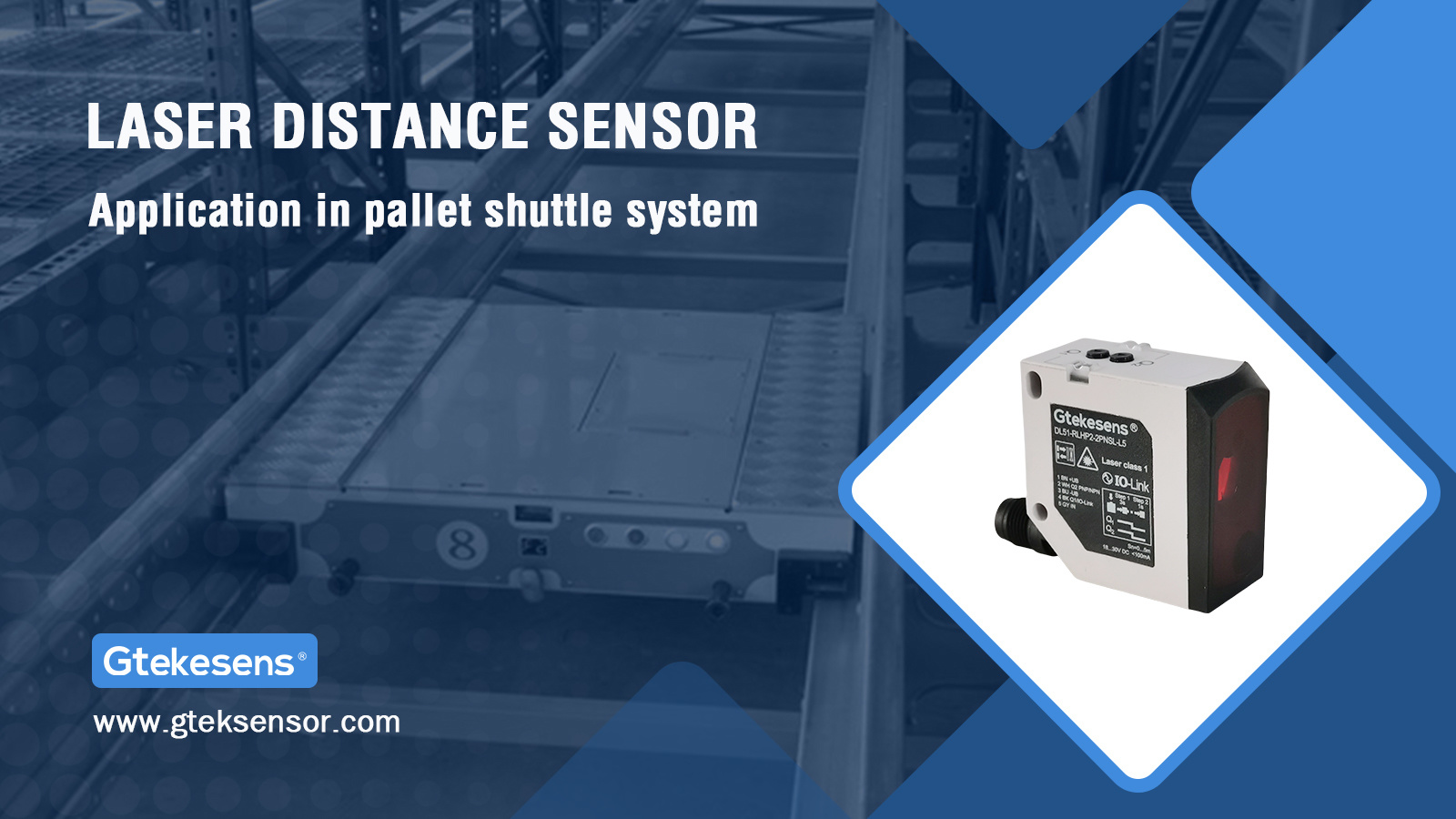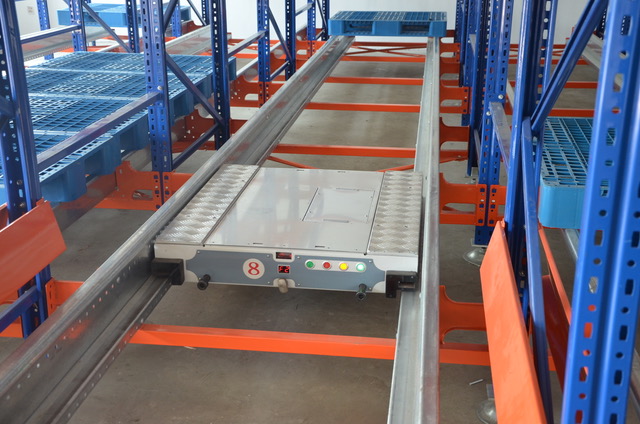News Details
29
2025
-
04
Application of Laser Distance Sensor in the Two-way Shuttle System of Intelligent Stereoscopic Warehouse
The two-way pallet shuttle system utilizes laser distance sensors in intelligent warehousing for accurate positioning, significantly improving the level of warehouse automation and operational efficiency. Such as DL51 series laser distance sensor from Tianjin G-TEK Sensor. G-TEK has various type laser distance sensors and detection distance from 5m to 200mm for customers to choose from.

The two-way pallet shuttle system utilizes laser distance sensors in intelligent warehousing for accurate positioning, significantly improving the level of warehouse automation and operational efficiency. Such as DL51 series laser distance sensor from Tianjin G-TEK Sensor. The product detection distance max. 6m with follow features:
· TOF measurement ensures excellent measurement accuracy
· Stable and accurate distance measurement, friendly to tilting and bright objects
· Visible red laser for easy calibration
· Compact appearance design, easy to integrate, highly flexible.

G-TEK has various type laser distance sensors and detection distance from 5m to 200mm for customers to choose from. The following is the application of laser ranging sensors in the two-way shuttle system:
1. Precise positioning and navigation
Real time position calibration: By using laser distance sensors to measure the distance to fixed reference objects in the warehouse (such as track endpoints and rack columns), combined with encoder data, centimeter level precise positioning of the shuttle vehicle is achieved to compensate for the accumulated error of the wheel encoder.
Dynamic path correction: Real time detection of position deviation during high-speed driving, automatic adjustment of driving trajectory, ensuring that the vehicle strictly follows the preset path, avoiding collision with shelves or deviation from the track.
2. Adaptive spacing of racking
Automatic distance measurement adjustment: Scan the distance between the shelves on both sides, dynamically adjust the shuttle's posture (such as centering or offset parking), and adapt to different specifications of shelf channels (such as narrow lanes or ultra wide channels).
Multi shelf compatibility: No need to manually configure parameters to adapt to different warehouse layouts, improving system flexibility.
3. Safety collision prevention and obstacle detection
Forward obstacle warning: Detect unexpected obstacles in the channel (such as falling goods or personnel entering by mistake), trigger emergency braking or deceleration.
End collision protection: Accurately measure distance at the end of the track or in front of parking spaces to avoid over limit collisions, especially suitable for dense storage environments operating at high speeds.
4. Precise docking and fork alignment
Location parking accuracy control: When storing and retrieving goods, the distance to the target location is measured to achieve parking accuracy within ± 2mm, ensuring perfect alignment between the fork and the pallet hole.
Multi layer shelf positioning: With the help of height sensors, it assists in vertical positioning (such as when the elevator is docked) to achieve precise parking in three-dimensional space.
5. System self diagnosis and maintenance
Track deformation monitoring: Regularly scan the straightness or levelness of the track, detect deformation or settlement, and provide early warning of maintenance needs.
Sensor health check: Determine laser sensor contamination or malfunction through feedback signal stability, trigger cleaning or replacement prompts.
6. Multi vehicle collaboration and traffic management
Distance maintenance: Real time monitoring of the distance between adjacent shuttle vehicles in two-way channels or intersections, coordinating scheduling systems to avoid congestion or deadlocks.
Dynamic speed regulation: Adjust the speed according to the distance of the vehicles ahead to achieve safe following of high-density vehicle fleets.
Technological advantages of laser distance sensors:
Non contact measurement: not affected by dust or slight vibration, with higher reliability than mechanical limit switches.
High speed response: Millisecond level data updates to meet the high-speed operation requirements of shuttle cars (commonly 1-3m/s).
Anti interference design: Most systems use infrared lasers or modulated optical signals to reduce environmental light interference.







